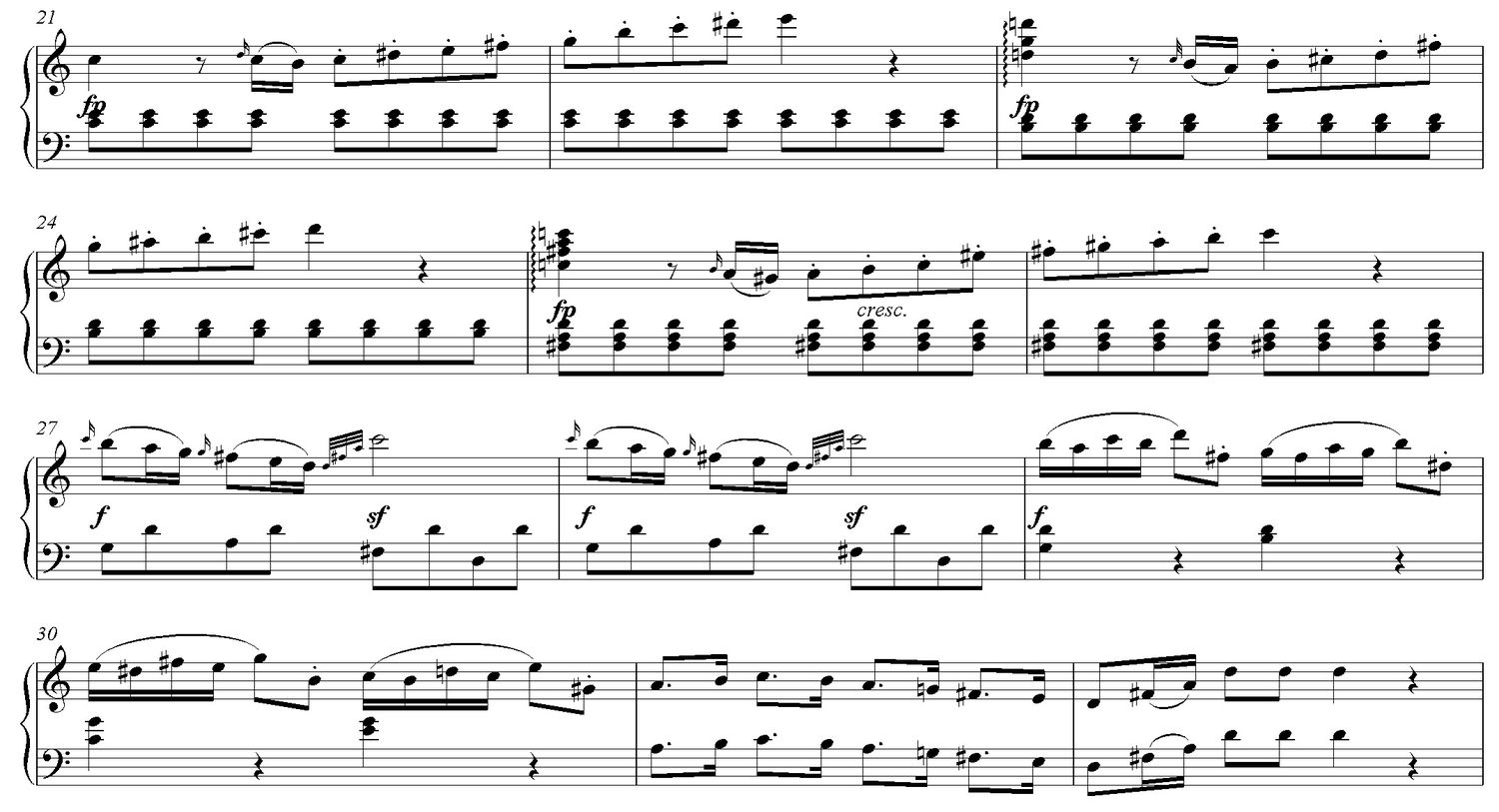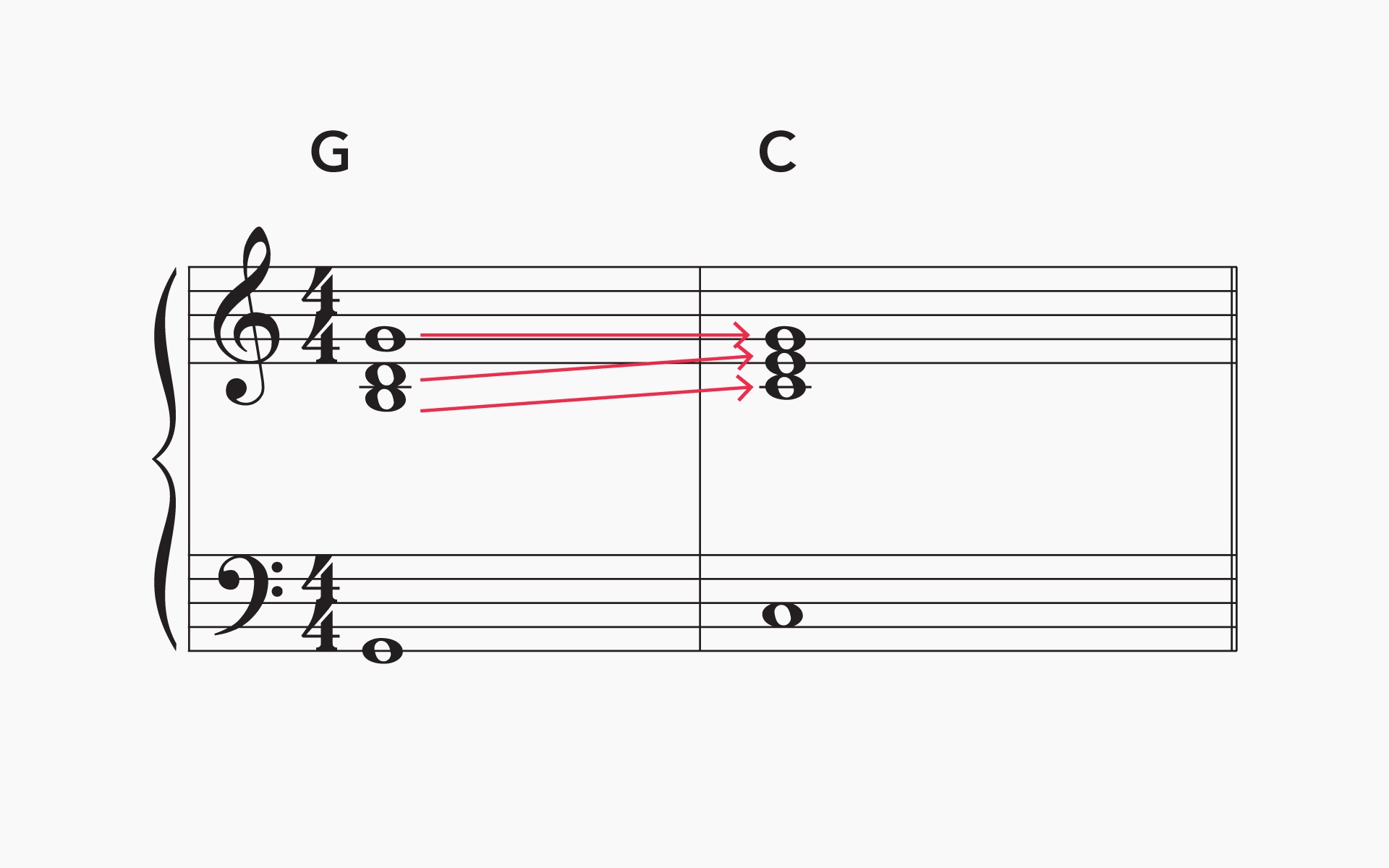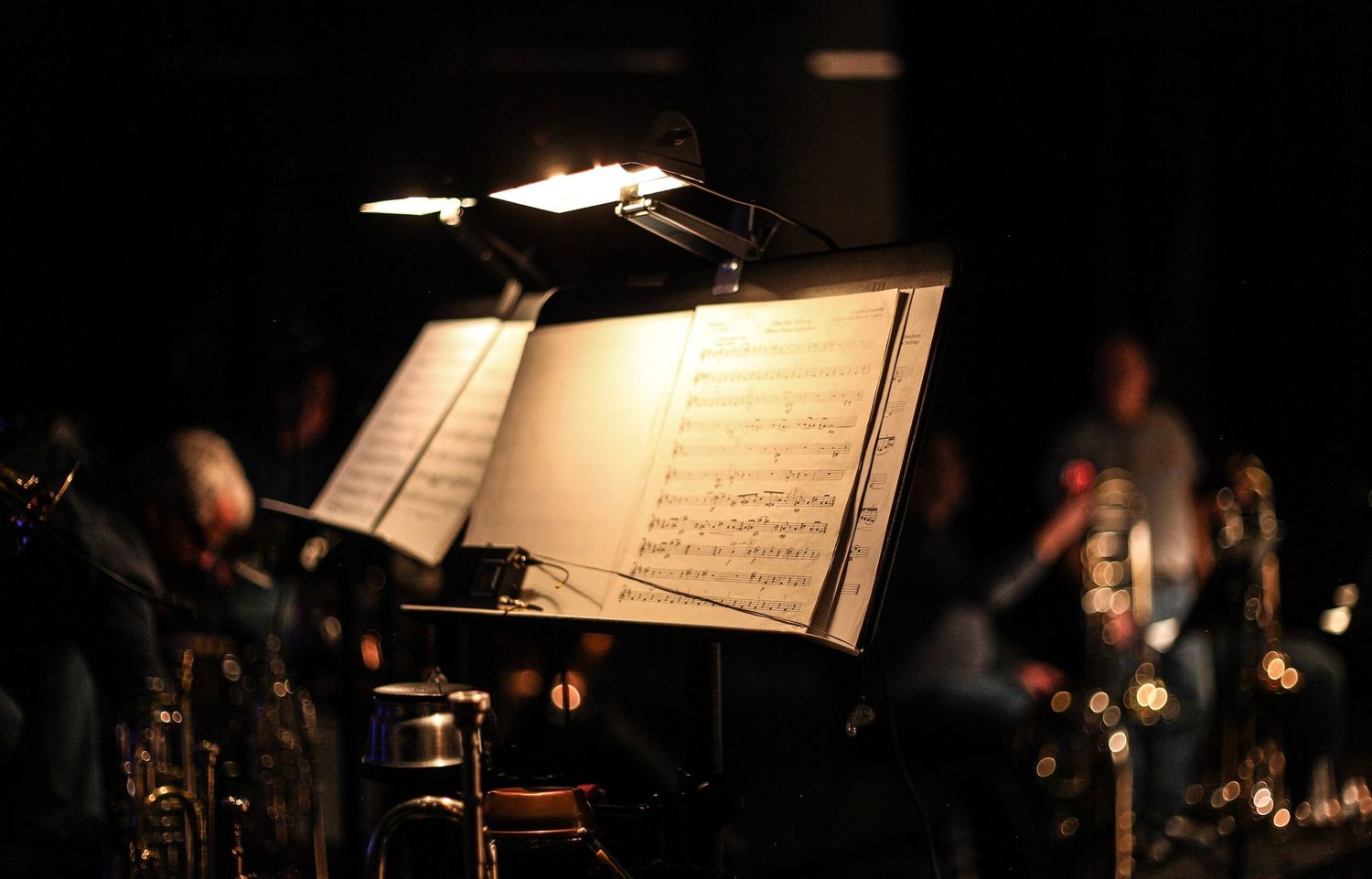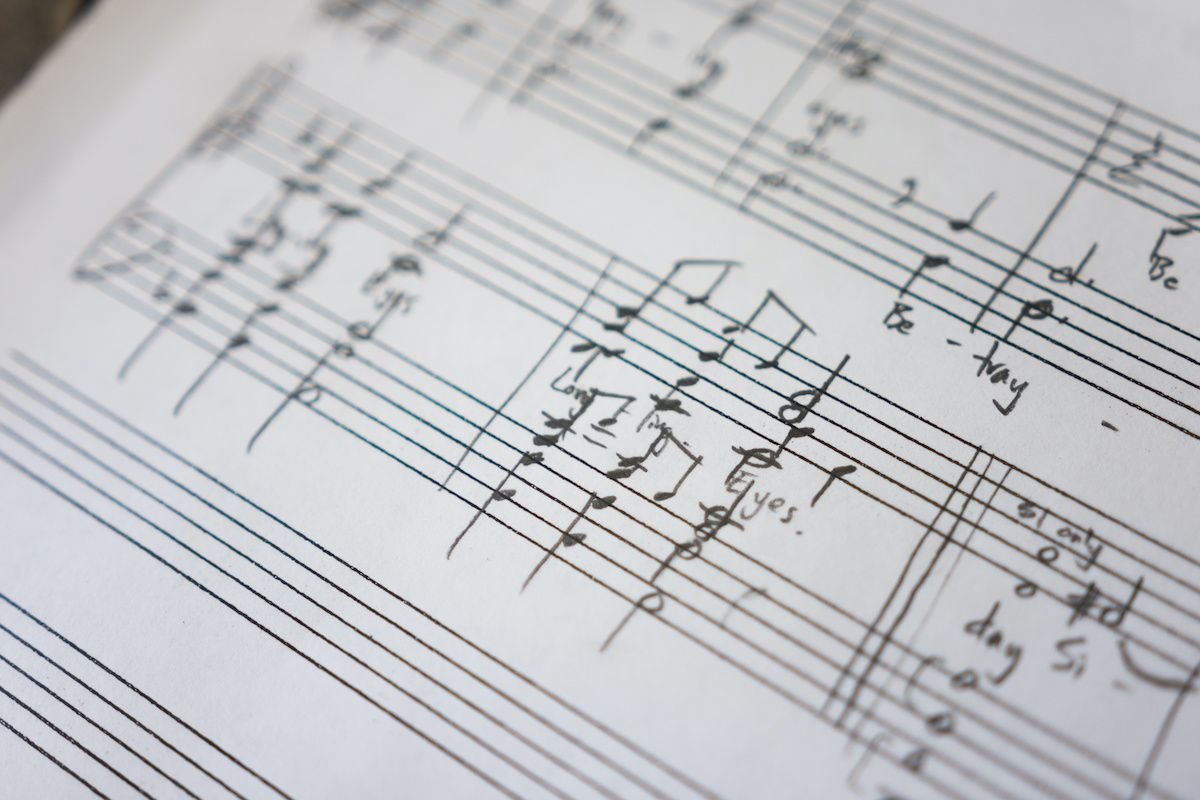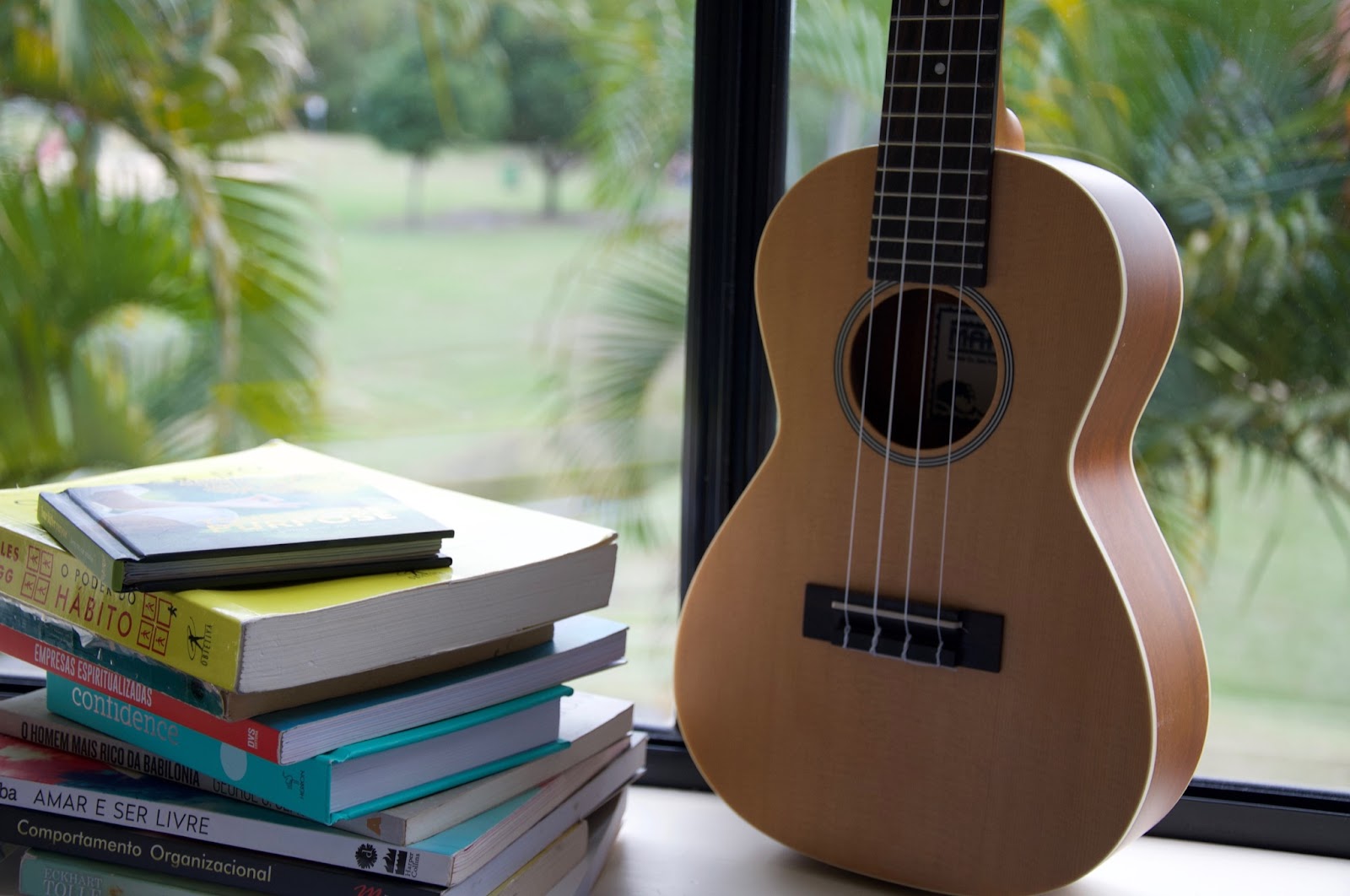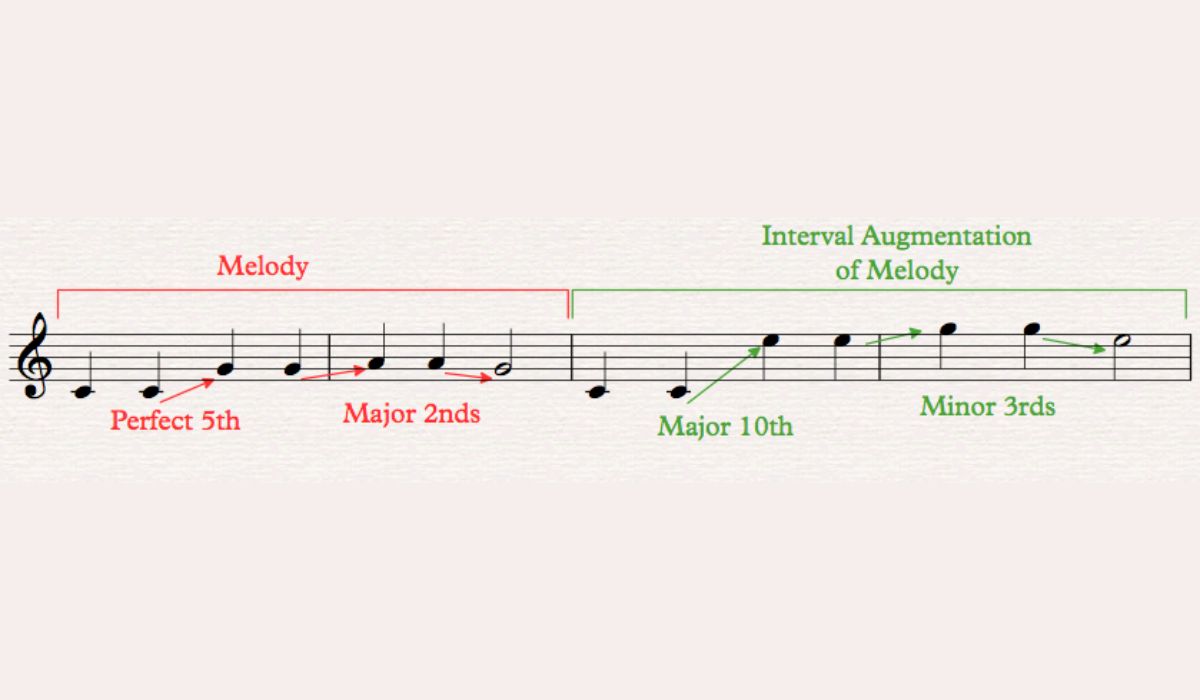Home>Production & Technology>Music Theory>Music Theory How To Transpose


Music Theory
Music Theory How To Transpose
Published: February 1, 2024
Learn how to transpose music with our comprehensive music theory guide. Unlock the secrets of key changes and master the art of transposition.
(Many of the links in this article redirect to a specific reviewed product. Your purchase of these products through affiliate links helps to generate commission for AudioLover.com, at no extra cost. Learn more)
Table of Contents
Introduction
Music theory is the foundation upon which all musical compositions are built. It provides musicians with a framework to understand and communicate the elements of music, including melody, harmony, rhythm, and form. One important aspect of music theory is transposition, which allows musicians to change the key of a piece of music without altering its overall structure or character.
Transposition is a valuable skill for musicians of all levels, from beginners to professionals. It opens up a world of possibilities, allowing musicians to adapt pieces to fit different instruments, vocal ranges, and musical contexts. Whether you’re a pianist accompanying a singer, a guitarist playing in a band, or a composer creating a new arrangement, understanding how to transpose music is essential.
In this article, we will explore the art of transposition and provide you with the tools and techniques to effectively transpose music. We will delve into key signatures, examine different transposition methods, and even discuss how to transpose chords. By the end of this article, you’ll be equipped to tackle any transposition challenge that comes your way.
Understanding Transposition
Transposition is the process of changing the key of a piece of music while maintaining the same intervals between the notes. In other words, it involves shifting every pitch up or down by the same interval. This allows the piece to be played or sung in a higher or lower key, depending on the needs of the musicians or performers.
Transposition is often necessary in music for a variety of reasons. For example, a vocalist may need to transpose a song to a lower key to accommodate their vocal range. Or a band may need to transpose a song to a higher key to fit the capabilities of their instruments. Transposition can also be used creatively to give a new flavor or character to a piece of music.
One of the foundations of transposition is understanding key signatures. Key signatures are used to indicate the key of a piece of music and the sharps or flats that appear consistently throughout the piece. When transposing, it is important to not only change the pitch of the notes but also maintain the correct key signature.
Another essential aspect of transposition is the interval relationship between the original key and the transposed key. For example, if you are transposing a piece from C major to G major, you need to know that the interval between C and G is a perfect 5th. This knowledge of intervals enables you to maintain the same relationships between notes in the new key.
Understanding the fundamentals of transposition and key signatures is crucial for successful music performance and composition. It allows musicians to adapt music to different situations and maximizes their versatility and creative potential. In the following sections, we will explore various techniques and methods used in transposition to help you become proficient in this important musical skill.
Key Signatures and Transposition
Key signatures play a vital role in transposition. They provide important information about the tonality of a piece and the sharps or flats used throughout the music. When transposing a piece, it is crucial to maintain the correct key signature to ensure the integrity and musicality of the composition.
Key signatures are typically represented at the beginning of a musical staff through sharps (#) and flats (b) placed on specific lines or spaces. For example, a key signature with one sharp indicates the key of G major or E minor, while a key signature with three flats indicates the key of E-flat major or C minor.
When transposing a piece of music, the key signature needs to be adjusted accordingly. If you are transposing a piece up by one whole step, you will need to add one sharp to the key signature. Conversely, if you are transposing down by one whole step, you will need to subtract one sharp from the key signature.
It is essential to remember that when adding or subtracting sharps or flats from the key signature, you should follow the circle of fifths. The circle of fifths organizes key signatures in a clockwise progression, with each key signature adding one sharp (or subtracting one flat) from the previous key signature.
For example, if you are transposing a piece in the key of C major up by a perfect fourth, you would find the new key (which is F major) on the circle of fifths. By examining the key signature of F major, you would see that it has one flat (B-flat). Therefore, when transposing, you need to add one flat to the existing key signature.
By understanding the relationship between key signatures and transposition, you can ensure accurate and seamless transitions between different keys. This knowledge enables you to adapt music to different vocal ranges, instrumental capabilities, or personal preferences.
In the next section, we will explore different techniques and approaches to transposition, providing you with a comprehensive understanding of how to transpose music effectively.
Transposition Techniques
There are several techniques available to transpose music effectively. The specific technique you choose will depend on the key you are transposing to and the instrument or voice you are transposing for. Here, we will discuss some of the most commonly used transposition techniques.
- Interval-based Transposition: This technique involves transposing each note in the music by a specific interval. For example, if you are transposing up by a major third, you would move each note up by three letter names (e.g., C to E, D to F#, G to B). This method works well for instruments like piano or guitar, where you can easily visualize and play the intervals on the instrument.
- Transposition by Key Signature: This technique involves changing the key signature of the piece to the desired key while maintaining the same intervals between the notes. It is particularly useful if you are transposing a piece with a simple melody and harmonies that follow the key signature. It allows you to quickly and accurately transpose the music with minimal effort.
- Modulation: Modulation is another technique used in transposition where the music gradually shifts from one key to another. This technique is often employed in musical compositions to create a sense of excitement or to transition smoothly between different musical sections. Modulation allows for a gradual change in key rather than an abrupt transposition.
- Transpose by Interval Relationship: This technique involves understanding the interval relationship between the original key and the transposed key. By understanding the interval relationships, you can easily determine the notes in the new key without needing to rely on sheet music or transposition tools. This technique is particularly helpful for musicians who are well-versed in music theory and have a strong understanding of intervals.
It’s important to note that transposing music requires practice and familiarity with the chosen technique. As you become more proficient, you will be able to transpose music more efficiently and accurately.
Next, we will dive into the specific process of transposing chords, which is a crucial skill for many musicians.
Transposing Chords
Transposing chords is an essential skill for musicians, as chords form the harmonic foundation of a piece of music. When transposing chords, it is important to not only change the pitch of the individual chords but also maintain the relationships between the chords.
One approach to transposing chords is to use a chord chart or a lead sheet. A chord chart provides a visual representation of the chords in a song and their corresponding positions on an instrument. By referencing the chord chart and transposing the chords to the desired key, you can effectively transpose the entire piece.
When transposing chords, it is helpful to understand the Nashville Number System. This system replaces chord names with numbers based on the scale degree of the root note. For example, in the key of C major, the chord progression C – F – G would be represented as 1 – 4 – 5. This system allows for easy transposition, as you can simply replace the numbers with the corresponding chords in the new key.
Another technique for transposing chords is to use chord formulas. Chord formulas represent the intervals between the notes in a chord. For example, a major chord has a formula of 1-3-5, meaning the chord consists of the root note, the note two whole steps above the root, and the note four whole steps above the root. By applying the chord formulas to the new key, you can determine the chords in the transposed key. This method is particularly useful for musicians who have a solid understanding of music theory.
It’s important to note that when transposing chords, you might encounter chords that don’t naturally exist in the new key. In these cases, you can use chord substitutions or alterations to maintain the harmonic progression and tonality of the music. However, it’s crucial to ensure that the chord substitutions fit the overall sound and feel of the piece.
By mastering the art of transposing chords, you can easily adapt songs to different keys and musical contexts. This empowers you to perform or arrange music to suit your vocal range, instrument, or personal preferences.
In the next section, we will explore some common examples of transposition to provide you with practical insights into how transposition is used in real musical scenarios.
Common Transposition Examples
Transposition is a skill that is frequently utilized in various musical contexts. Understanding some common examples of transposition can provide practical insights into how this skill is applied in real-world scenarios. Let’s explore a few of these examples:
- Transposing for different instruments: One common example of transposition is when musicians need to adapt music for different instruments. For instance, a piece written for piano may need to be transposed for guitar, saxophone, or trumpet. In these cases, the musicians may need to transpose the music to accommodate the unique pitch ranges and fingerings of their instruments.
- Transposing to fit vocal ranges: Another common example is when music needs to be transposed to suit a singer’s vocal range. For instance, if a song originally written in the key of B major is too high for a vocalist, it may need to be transposed to a lower key, such as G major. This ensures that the singer can comfortably hit the notes without straining their voice.
- Transposing for ensemble playing: When musicians play in ensembles or bands, they often need to transpose music to a key that suits the overall sound of the group. For instance, if a guitarist and a keyboardist are playing together, and the guitarist prefers to play in the key of E major, the keyboardist may need to transpose their accompaniment to match the guitarist’s key.
- Transposing for notation convenience: In certain cases, transposition is done to facilitate easier reading and notation. For example, a piece written in a key with many flats or sharps may be transposed to a key with fewer accidentals, making it simpler to read and interpret the music.
These examples demonstrate the practical applications of transposition in various musical situations. By mastering the skill of transposition, musicians can adapt music to suit different instruments, vocalists, ensembles, and notation preferences.
Now that we have explored common examples of transposition, let’s summarize the key points discussed before concluding our article.
Conclusion
Transposition is a fundamental skill in music theory that allows musicians to change the key of a piece of music while preserving the relationships between the notes. It is an invaluable tool for adapting music to suit different instruments, vocal ranges, musical contexts, and personal preferences.
In this article, we explored the concept of transposition, emphasizing the importance of key signatures in maintaining the integrity of the music. We discussed various transposition techniques, including interval-based transposition, transposition by key signature, modulation, and transposing chords. Each technique offers a unique approach to transposing music, catering to different musical needs and skill levels.
Furthermore, we examined common examples of transposition, such as adapting music for different instruments, accommodating vocal ranges, ensemble playing, and notation convenience. These examples highlighted the practical applications of transposition in real-world musical scenarios.
By developing a strong understanding of transposition, musicians can confidently and efficiently transpose music, expanding their repertoire, improvisation, and arrangement possibilities. With practice and a solid foundation in music theory, transposition becomes a valuable tool that enhances musical expression and creativity.
We hope that this article has provided you with valuable insights into the world of transposition and its practical applications in music theory. As you continue to explore and apply these techniques, may you unlock new musical horizons and enjoy the endless possibilities that transposition offers.

